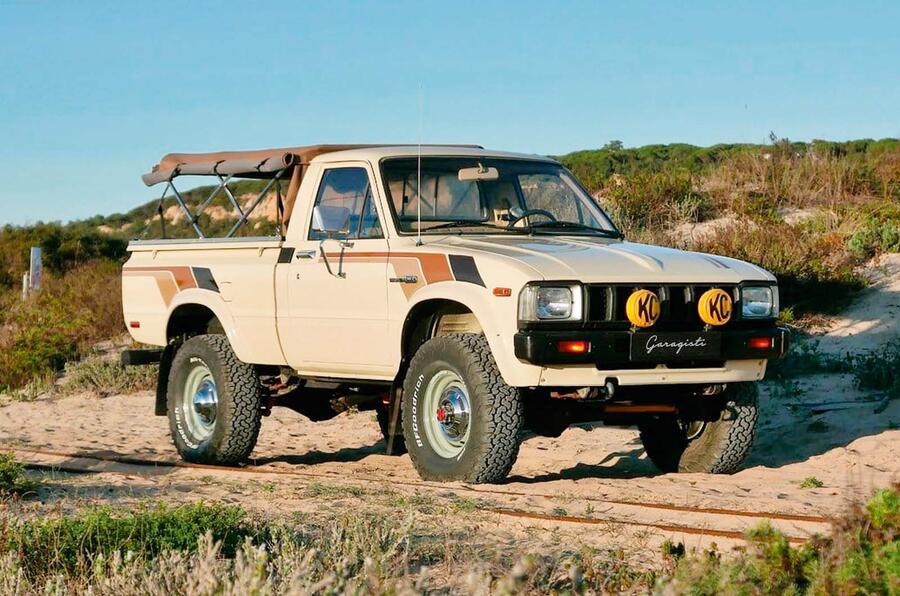Why do some cars obtain classic status when similar ones don’t?
This isn’t a position I ever thought I’d find myself in, but after reading details of the new Vauxhall Frontera, I’ve opened the classifieds to browse for originals. If you remember, the Frontera was a 4x4 of the early 1990s, when ‘SUV’ meant something more than just having a taller driving position and bigger boot.
It was considered a relatively road-biased car at the time, slightly maligned as not being a serious off-roader, even though it had considerable hardware by today’s standards: a separate chassis, low-ratio gears and selectable four-wheel drive system so crude that it couldn’t be used at road speeds.
So help me, I liked the look of it (I was young). And I think it has been through its naff phase and popped out the other side. You might say it’s a bona fide classic car. Or maybe you wouldn’t.
How to put it? Even at over 30 years old, the Frontera is more of an eBay Motors or Facebook Marketplace car than a Car and Classic one. While you can find plenty of other 4x4s on specialist classic websites, they seem to have no Fronteras, partly because few still exist but also, I suspect, because it isn’t perceived the right way.
There’s one for sale on eBay, and a good one, in the more desirable (these things are relative) three-door, removable-roof Sport form, with one owner from new, just 34,000 miles, routine servicing, a fresh MOT and a genuinely believable “you will not find another in this condition” description.










Join the debate
Add your comment
At the time I had a business connection with Luton Motors Inc and it was prudent to arrive at mtgs in one of their products. Had a big Frontera for a while and thought it was surprisingly ok. Could be hustled over Yorkshire hills, took a couple of large dogs and grandparents for trips. Had it for a couple of years and while not a car to fall in love with - at the time I had an Alpine Turbo and my wife drove an XK8 - it did what it said on the tin. Not sure it was a future classic tho' tbh
I suspect it's because while they look quite nice, they feel like they were never driven or evaluated by the people who made them. I say that as someone who briefly owned an omega.
They were pretty popular for a brief period. But most have been scrapped.